Mount Rainier National Park
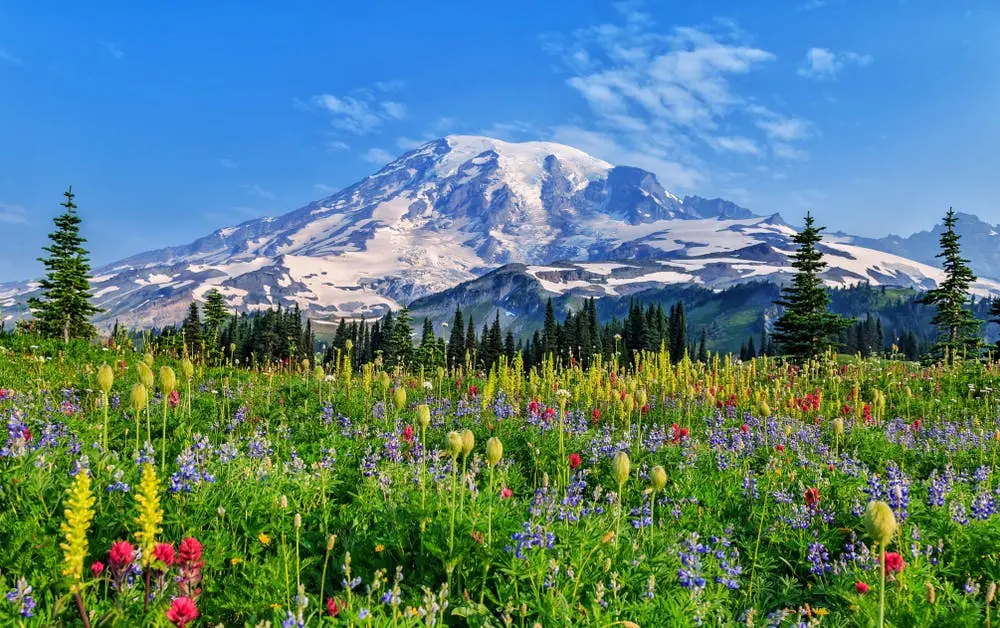
WIDE-RANGING INVENTORY
From affordable pop-ups to luxury motorhomesLARGEST RV RENTAL MARKETPLACE
Thousands of 5 star reviews from happy customersSECURE AND MOST TRUSTED
24/7 Emergency roadside assistance on every booking- Home
- National Parks
- Mount Rainier National Park
Looming above the Seattle skyline, Mount Rainier is one of Washington’s most iconic landmarks. Standing at 14,410 feet, Mount Rainier is both an active volcano and the most glaciated peak in the continental United States. While Mount Rainier is the centerpiece of Mount Rainier National Park, its lower slopes are filled with old growth forests and meadows filled with wildflowers.
Encompassing over 236,000 acres, Mount Rainier National Park is home to the highest point in the Cascade Range, forests, glaciers, and colorful valleys. Every year, nearly 1.5 million visitors come to see the natural beauty of the mountain and enjoy the numerous outdoor activities the park has to offer.
Mount Rainier National Park is open year-round with temperatures ranging from an average high of 65 (18) degrees to 21 (-6) degrees. The park receives an average of 670 inches of snow throughout the year. Most of the snow at the lowest elevations melt by late spring, but there is always snow on top of Mount Rainier.
You’ll find there are several quaint towns just outside the national park entrances with delicious restaurants, shops, and museums. Much of the area is kid-friendly so you can bring the youngsters and they won’t get bored. During the winter months, you’ll want to hit the slopes at Washington’s largest ski resort, Crystal Mountain.
Most of the ranger-led events and programs occur during the summer months, but you can check the calendar of events for the most up-to-date information. Due to the elevation and the diverse ecosystems, you’ll want to pack multiple layers and supplies to keep you warm and dry in case the weather changes in a flash. If you’re interested in climbing Mount Rainier, you’ll need a special permit and mountain guide. Whether you see Mount Rainier from the summit or the base, you’ll always have an incredible views of the mountain
- Spring 21-65 F
- Summer 21-65 F
- Fall 21-65 F
- Winter 21-65 F
- Coming soon
- Mount Rainier National Park Vehicle Fee: $30
- Mount Rainier National Park Annual Pass: $55
- Mount Rainier National Park Campsite Fee: $20
RV Rentals Near Mount Rainier National Park
Nearby RV Rentals
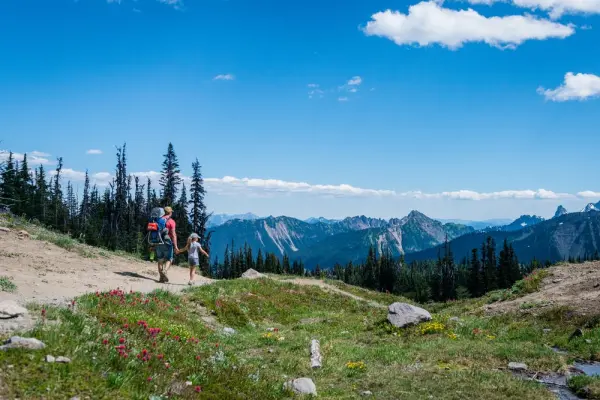
Mount Rainier National Park Hiking Trails
Every year thousands of people from around the world come to Mount Rainier to climb the 14,410-foot peak of Mount Rainier. Climbing Mount Rainier requires a Climbing Cost Recovery Fee and a Climbing Permit. Mountain guides are highly recommended as the mountain can be dangerous. If climbing an active volcano is not your cup of tea, Mount Rainier National Park is home to hundreds of miles of excellent hiking trails that will get you close to the mountain for incredible views.
Mount Rainier National Park Trails
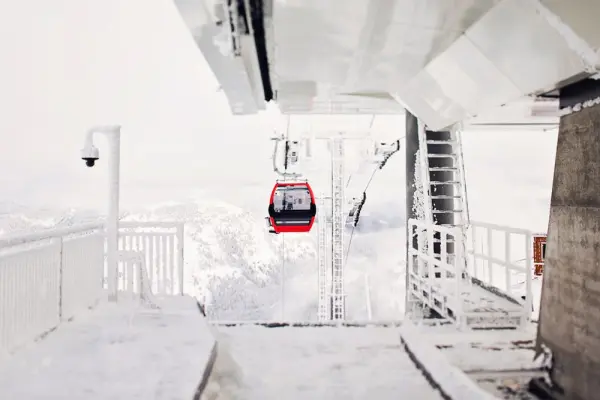
Things to do Outside Mount Rainier National Park
While Mount Rainier might be the star of the park, there is lots to do in and around Mount Rainier National Park. From hiking to wildlife spotting, to eating at one of the many delicious restaurants nearby, you’ll find plenty to keep you busy from sunup to sundown. If you’re heading to the mountain during the winter, stop by Crystal Mountain for a day on the slopes.
Restaurants
Shopping
Sightseeing
Discover Nearby Towns and Cities
RV Resorts & Campsites near Mount Rainier National Park
Mount Rainier National Park is a bit different than other national parks when it comes to camping. Since much of the park is encompassed by Mount Rainier and remote backcountry, camping within the park is limited, but there is an abundance of private campgrounds just outside the park.
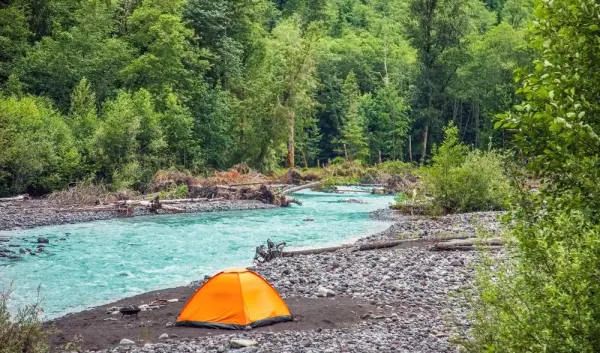
Campgrounds Near Mount Rainier National Park
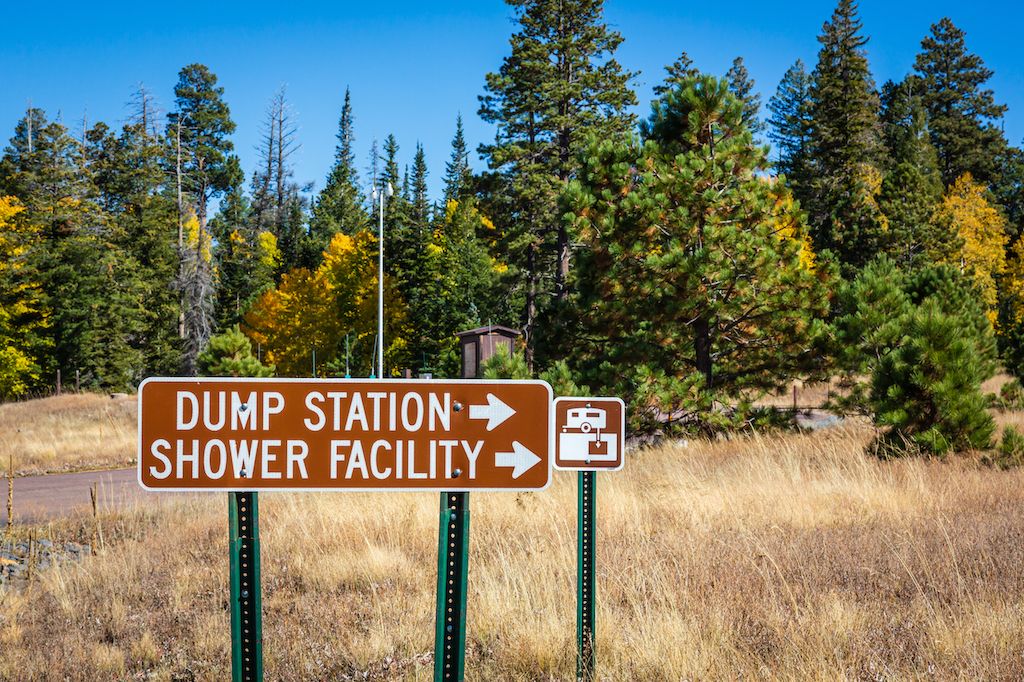
Find the Best Dumpstations Near Mount Rainier National Park
Dumpstations Near Mount Rainier National Park

How to get to Mount Rainier National Park
Mount Rainier National Park can be easily accessed by several major cities in the Pacific Northwest – Seattle, Yakima, and Portland, Oregon. The closest airport to the park is Seattle-Tacoma International Airport in Seattle. Additionally, the park can be accessed from Portland International Airport and Yakima Air Terminal. Rental cars are available at all airports.
Mount Rainier National Park has three main entrances. The Northwest Entrance is accessed through State Route 165 from Wilkeson and is open year-round. For most visitors coming from Seattle, Yakima, and Portland - you’ll enter the park at the Nisqually Entrance in the southwest corner of the park from State Route 706. There are three entrances from the east, including Ohanapecosh on State Route 123, Sunrise and White River on State Route 410 from Enumclaw, and Chinook Pass. Many of the east entrances often close during the winter months due to snow.
The weather in and around Mount Rainier National Park can vary widely so it’s important to pay attention to the weather forecast and the park rangers. Check the road status page for the latest updates and closures. During the summer months, it can be almost impossible to find parking at Paradise, Sunrise, Grove of the Patriarchs, and Longmire. To avoid traffic, visit the most popular areas on the weekdays. Do not park along the road.

Frequently Asked Questions
Mount Rainier National Park is 369.3 square miles, or 241,782 acres large. It includes the 14,410-foot-high Mount Rainier, an active volcano.
Yes, pets are allowed at Mount Rainier National Park. However, pets are not allowed on trails, in the wilderness, inside buildings, or on snow. Pets are allowed on the Pacific Crest Trail portion of the park if they are on a leash.
Top things to do at Mount Rainier National Park include visiting the Paradise Jackson Visitor Center, driving to see the view at Sunrise, hiking the Skyline Trail, and visiting the Longmire museum.
Yes, there are designated camping spots at Mount Rainier National Park. Cougar Rock, Ohanapecosh, and White River Campgrounds all accommodate RVs, trailers, or tents. A fourth campground - Mowich Lake - has primitive walk-in sites for tents.
The best time of year to visit Mount Rainier National Park is from July to August when the weather is warmest and driest for outdoor activities. The summer also brings beautiful wildflowers for added beauty.
Related
Steep Falls, Maine RV Rentals Peaks Mill, Kentucky RV Rental Deals Bethlehem, West Virginia RV Rentals Alderton, Washington RV Rental Deals Sumpter, Oregon RV Rentals Lake Shore, Washington RV Rental Deals Esopus, New York RV Rental Deals Rose Creek, Minnesota RV Rental Deals Readsboro, Vermont RV Rental Deals Springfield, West Virginia RV Rentals Fayette, Utah RV Rental Deals Susanville, Oregon RV Rentals Lewisville, Idaho RV Rentals Albany, Louisiana RV Rentals


